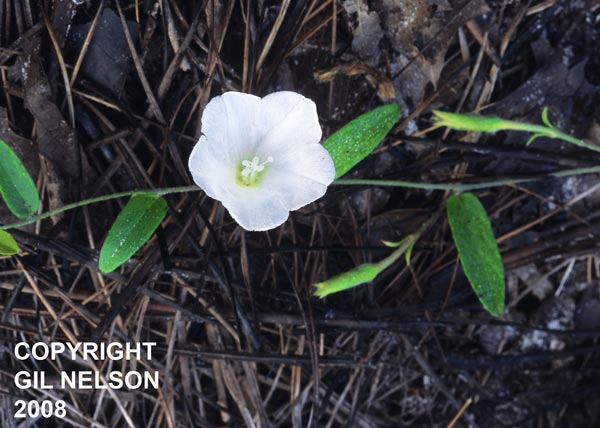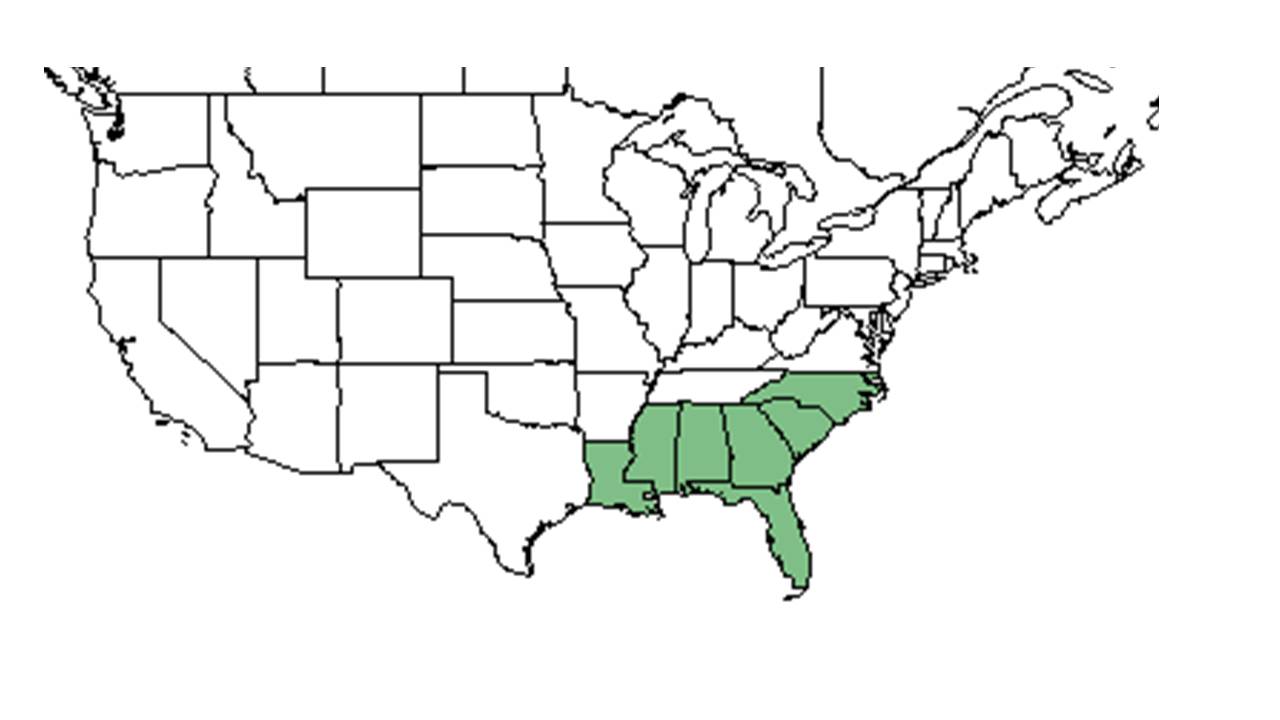Difference between revisions of "Stylisma patens"
KatieMccoy (talk | contribs) (→References and notes) |
KatieMccoy (talk | contribs) |
||
| Line 15: | Line 15: | ||
| binomial_authority = (Desr.) Myint | | binomial_authority = (Desr.) Myint | ||
| range_map = STYL_PATE_dist.jpg | | range_map = STYL_PATE_dist.jpg | ||
| − | | range_map_caption = Natural range of ''Stylisma patens'' from USDA NRCS [http:// | + | | range_map_caption = Natural range of ''Stylisma patens'' from USDA NRCS [http://plants.usda.gov/core/profile?symbol=STPA8 Plants Database]. |
}} | }} | ||
Revision as of 16:11, 16 October 2015
| Stylisma patens | |
|---|---|

| |
| Photo taken by Gil Nelson | |
| Scientific classification | |
| Kingdom: | Plantae |
| Division: | Magnoliophyta – Flowering plants |
| Class: | Magnoliopsida – Dicotyledons |
| Order: | Solanales |
| Family: | Convolvulaceae |
| Genus: | Stylisma |
| Species: | S. patens |
| Binomial name | |
| Stylisma patens (Desr.) Myint | |

| |
| Natural range of Stylisma patens from USDA NRCS Plants Database. | |
Common name: coastal plain dawnflower
Contents
Taxonomic notes
Description
Distribution
Ecology
Habitat
In the Coastal Plains, S. patens has been documented in a longleaf pine-mixed oak-wiregrass association on a sandy hill slope; frequently burned, mature longleaf pine-wiregrass community; sand of open pine/oak flatwoods; sandhills; edge of longleaf-slash pine/wiregrass community; oak scrub; high turkey oak sandhill; cyrpess depressions in flatwoods; sandy upland pine-oak forests; turkey oak-wiregrass community; upland pinewoods; and longleaf pine-oak barrens (FSU Herbarium). In disturbed habitats it has been found in boggy powerline corridors, moderately disturbed longleaf pine restoration sites, dry powerline corridors, sandy roadsides, turkey oak barren clearing, bulldozed scrub oak sandhills, and gravel pits. Soil types include sand and loamy sand (FSU Herbarium). Associated species include Liatris, Erianthus, Gymnopogon, Rhynchospora, Paronychia, and Dyschoriste (FSU Herbarium).
Phenology
It has been observed flowering May through August and fruiting May through November (FSU Herbarium).
Seed dispersal
Seed bank and germination
Fire ecology
Pollination
Use by animals
Diseases and parasites
Conservation and Management
Cultivation and restoration
Photo Gallery
References and notes
Florida State University Robert K. Godfrey Herbarium database. URL: http://herbarium.bio.fsu.edu. Last accessed: July 2015. Collectors: R. A. Norris, Robert K. Godfrey, Loran C. Anderson, Cecil R Slaughter, Gil Nelson, W. W. Baker, R. R. Smith, T. Myint, R. Buchanan, S. W. Leonard, Robert Kral, Mable Kral, R. L. Lazor, Jean Wooten, Patricia Elliot, Sidney McDaniel, William Reese, Paul Redfearn, A. E. Radford, D. S. Correll, D. B. Ward, B. Moore, Walter S. Judd, A. F. Clewell, J. Beckner, Olga Lakela, E. West, Lovett E. Williams, S. B. Jones, M. L. Fernald, C. Ritchie Bell, O. M. Freeman. States and Counties: Florida: Bay, Calhoun, Citrus, Duval, Flagler, Franklin, Gadsden, Gilchrist, Gulf, Hernando, Hillsborough, Jackson, Jefferson, Lafayette, Leon, Liberty, Madison, Marion, Nassau, Putnam, Taylor, Wakulla, Washington. Compiled by Tall Timbers Research Station and Land Conservancy.